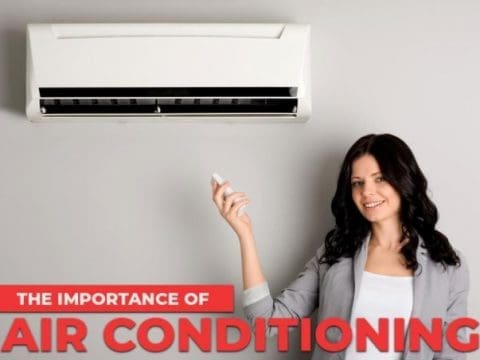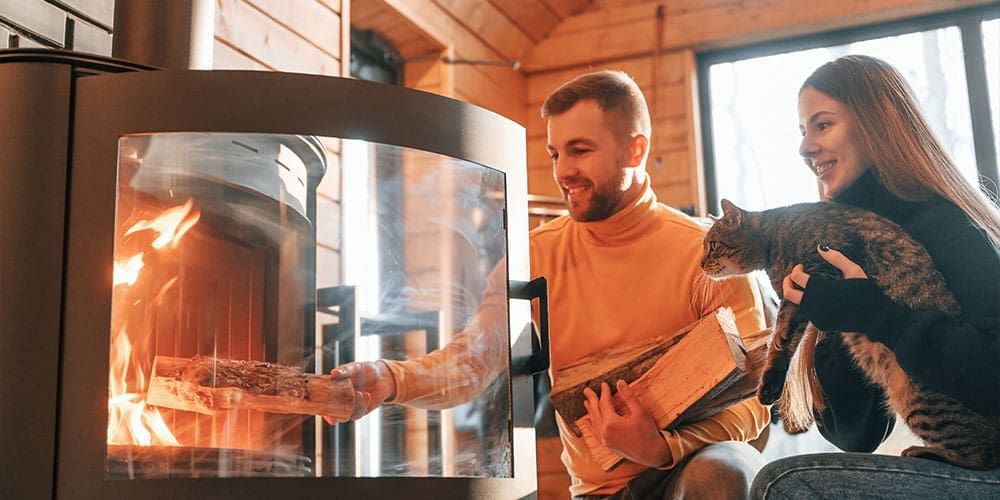Air conditioning allows people to live and work comfortably regardless of the outside temperature. According to the Energy Information Administration, air conditioning and heating accounts for up to 48 percent of all energy consumption in American homes in 2009. While it was once considered a luxury, residential air conditioning is now an essential part of daily life.
This technology is a result of a series of advancements and breakthroughs over the years. As the top residential air conditioning service in our area, we share how it has evolved in the decades since its invention to take the form you’re familiar with today.
The Origins of Air Conditioning
The history of air conditioning starts in the 1840s. Dr. John Gorrie of Florida first put forward the idea of cooling hospital rooms because he believed that cooling was the key to avoiding diseases like malaria, or, if nothing else, can make patients more comfortable. Unfortunately, his system required ice to be shipped from frozen streams and lakes.
This was a logistical challenge, so Dr. Gorrie began experimenting with artificial cooling. He designed a machine that created ice using a compressor powered by steam, wind-driven sails, water, or a horse. Although granted a patent for this machine in 1851, he was unsuccessful in bringing his technology to the market.
Air Conditioning Goes Public
The next breakthrough in air conditioning came from the engineer Willis Carrier. In 1902, the Buffalo Forge Company asked Carrier to solve a humidity problem that was causing magazine pages to wrinkle at the Sackett-Wilhelms Lithographing and Publishing Company in Brooklyn. Carrier designed a system that controlled humidity using cooling coils. He continued to refine his system in the years that followed, finally forming the Carrier Engineering Corporation with six other engineers.
Two years later, the organizers of the St. Louis World’s Fair used mechanical refrigeration to cool the Missouri State Building. This was the first time that the public has experienced comfort cooling. Advances in cooling technology in the 1920s allowed air conditioning to be used in public theaters as well. While cooling technology was growing more popular, the systems were still too large and too expensive for homes.
Residential Air Conditioning Arrives
Fortunately, in 1929, Frigidaire designed and manufactured a new split-system room cooler that was small enough for home use. This system still had its drawbacks, however. Frank Faust from General Electric improved the design and made it a self-contained room cooler. Meanwhile, Robert McNary, Thomas Midgley, and Albert Henne synthesized chlorofluorocarbon (CFC) coolants. This improved the safety of air conditioners, but these chemicals would be linked to ozone depletion decades later.
After J.Q Sherman and H.H. Schultze filed a patent for an air conditioning unit that can be placed on a window ledge, residential air conditioners got even smaller. They were still expensive, however, so engineer Henry Galson soon developed a more compact and affordable window air conditioner. By the late 1970s, air conditioner use soared.
Air Conditioning Standards
After the energy crisis of the 70s, lawmakers passed laws to reduce energy consumption, which set the stage for the Energy Department’s Appliance and Equipment Standards Program. This has established a single federal energy efficiency standard for manufacturers. Since then, energy efficiency standards have helped drive improvements to residential air conditioning.
Air Conditioning Today
Today, homeowners have a wide variety of choices when it comes to their home comfort. At Shackelford, we help you take advantage of the many benefits of your home comfort system. Shackelford Heating and Cooling is a family-owned business whose technicians average over 20 years of experience in the heating and cooling industry. As a licensed and factory-authorized Carrier® dealer, we specialize in replacements and service for residential customers. Contact us at (608) 530-0667 or fill out our form to learn more about air conditioning.
Filed Under: Air Conditioning POST TAGS: AIR CONDITIONING | COOLING | HVAC HISTORY





